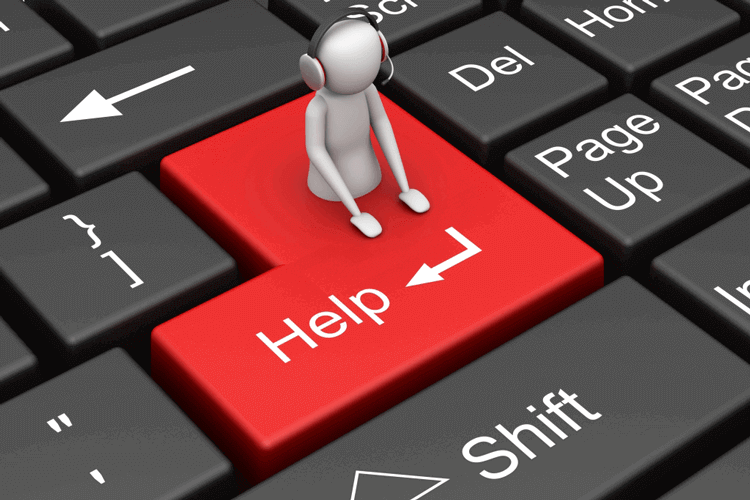The 3 Most Effective Organizational Change Management Models in Healthcare Practices
Change management models are a crucial part of any organization. Healthcare settings in particular are known to be resistant to change and have a lot on the line when it comes to implementation. In order to stay competitive, it is important to know how best to implement change management strategies that will keep your organization running smoothly and efficiently. There are many different models for change management frameworks, but which ones work the best for healthcare?










